How To Prevent Heat Rash
Are you extra sensitive to the heat? Some individuals have medical conditions that make them more intolerant to high temperatures, but others just don't fare well in the heat. Those who can't or don't respond well to hot weather are prone to side-effects like heat rash. Heat rash is a common skin condition caused by sweat trapped beneath the skin. Clogged or blocked sweat glands result in a red, bumpy rash that may feel prickly or itch. Usually, heat rash clears up on its own in a couple of days, but you can also take some preventative measures the next time temperatures rise.
Wear Breathable And Loose Clothing
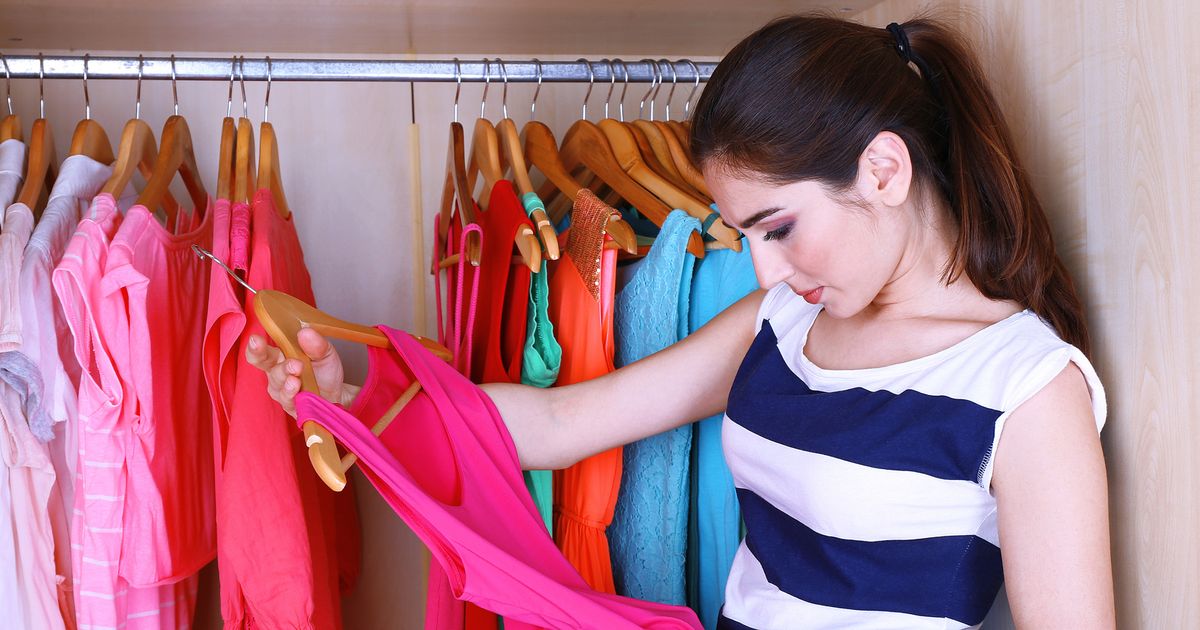
Blocked sweat glands cause the itchy, prickly feeling you get under your skin from a heat rash. With sweat trapped under the skin, you'll be prone to several days of discomfort. Choose your wardrobe wisely to reduce the likelihood of this happening.
Wear breathable and loose clothing made from synthetic fabrics that don't stick to your skin. Avoid long-sleeves and tight pants as much as possible, and if you can’t avoid covering up, choose light, airy fabrics that allow movement and air to move through your clothes. Some lightweight fabrics for summer are cotton, linen, rayon, jersey and even silk.
Learn about the next method of preventing heat rash now.
Use Air Conditioning And Fans
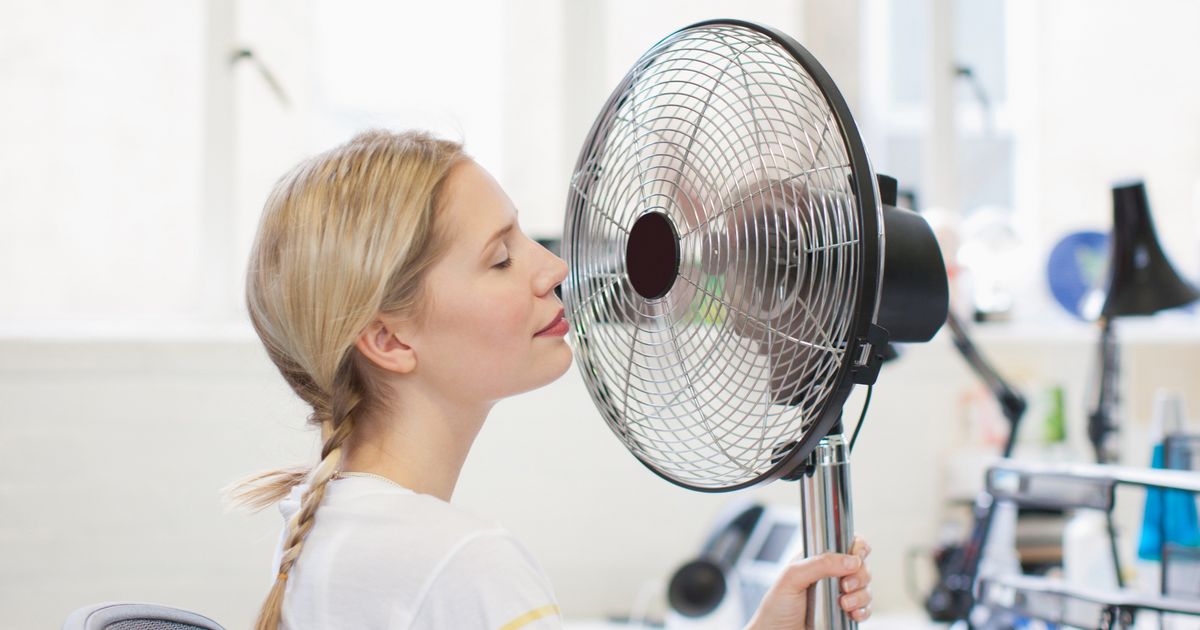
The ideal room temperature is between sixty-nine and seventy-five degrees Fahrenheit. Beyond that point, individuals can start to experience unsavory side-effects of heat including heat rash, dizziness, and nausea. In extreme cases, individuals can experience heat exhaustion.
The best way to avoid becoming overheated is to stay in cool climates as often as possible. Working in an office, you might not have control over the thermostat, but you can still keep cool by bringing along some ice packs, use cool compresses, and even have a battery-operated mini fan at your desk. At home, use air conditioning and fans to circulate cool air throughout the house. Swap out your winter sheets for a light, more breathable cotton blend that doesn’t retain as much heat while you sleep.
Unveil more ways of preventing heat rash now.
Avoid Exercise In Humid And Hot Weather
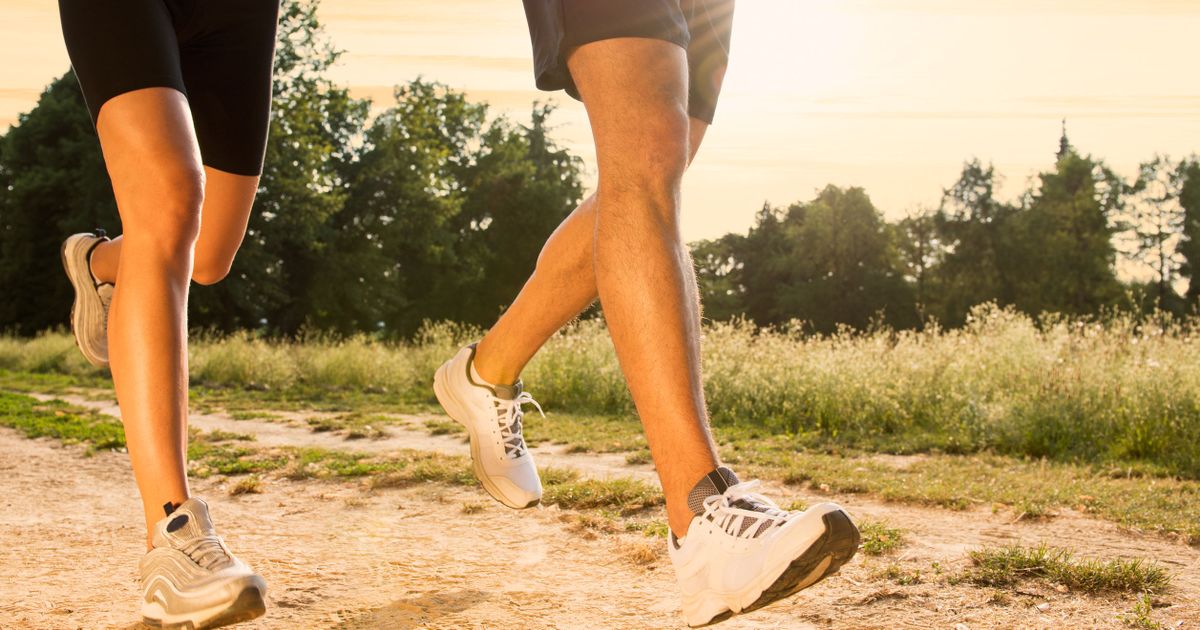
Physical activity raises your internal body temperature by stimulating the metabolism. Some individuals who exercise at a higher temperature burn more calories and achieve results faster, but too much exercise at any temperature can be life-threatening. Exercising outdoors in hot weather can easily and quickly raise your body temperature into the danger zone.
A normal temperature is ninety-eight degrees Fahrenheit, so it doesn't take much time outside in the heat to go over one hundred degrees. At 104 degrees, you're liable to suffer heat exhaustion or a heat stroke. Avoid exercise in humid and hot weather to stay safe. Heat rash is the least of your worries when it comes to summertime exercise, but running outdoors in the heat will lead to more sweat, which puts you at a higher chance of developing a rash.
Keep reading to learn more about preventing heat rash.
Keep Skin Clean
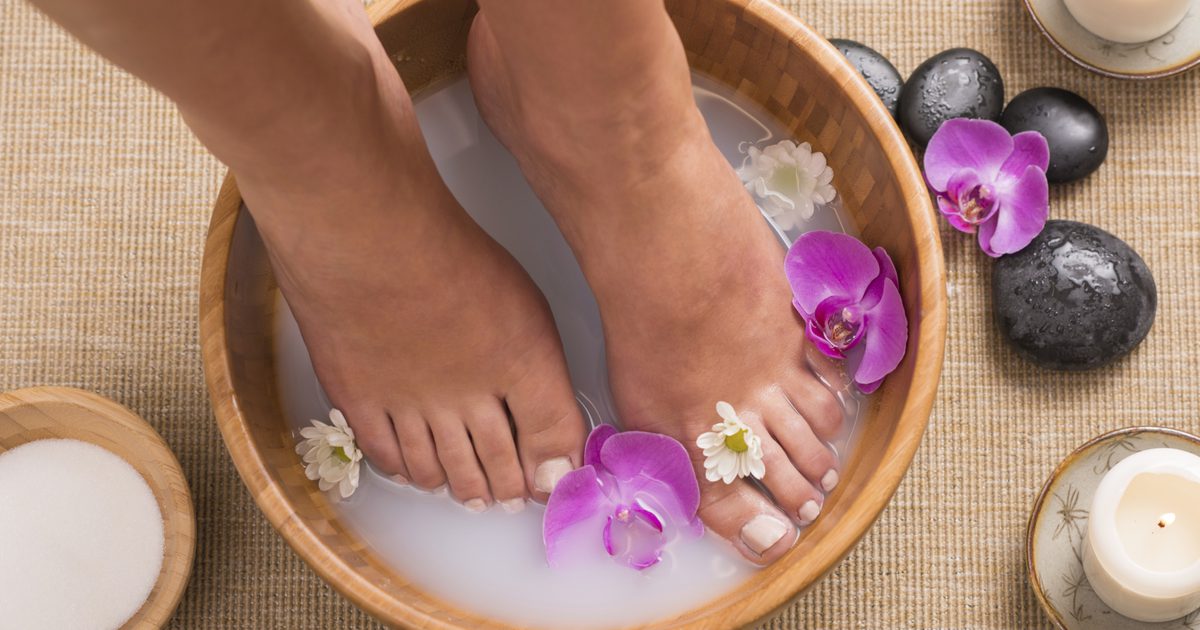
After you've exercised or spent some time in the sun, make sure you take a shower and thoroughly wash your body. Dead skin needs to be gently exfoliated, and a cool shower will lower your temperature to a normal level and remove any excess sweat or bacteria that could clog pores or glands and cause a rash. After you've taken a shower or nice bath, be sure to dry your skin thoroughly to remove any moisture. When you're out and about, say at the gym, bring a towel with you and wipe off excess sweat and keep skin clean as you work out to prevent any buildups that could lead to a heat rash.
Get to know another strategy of preventing heat rash now.
Reduce Overlapping Skin
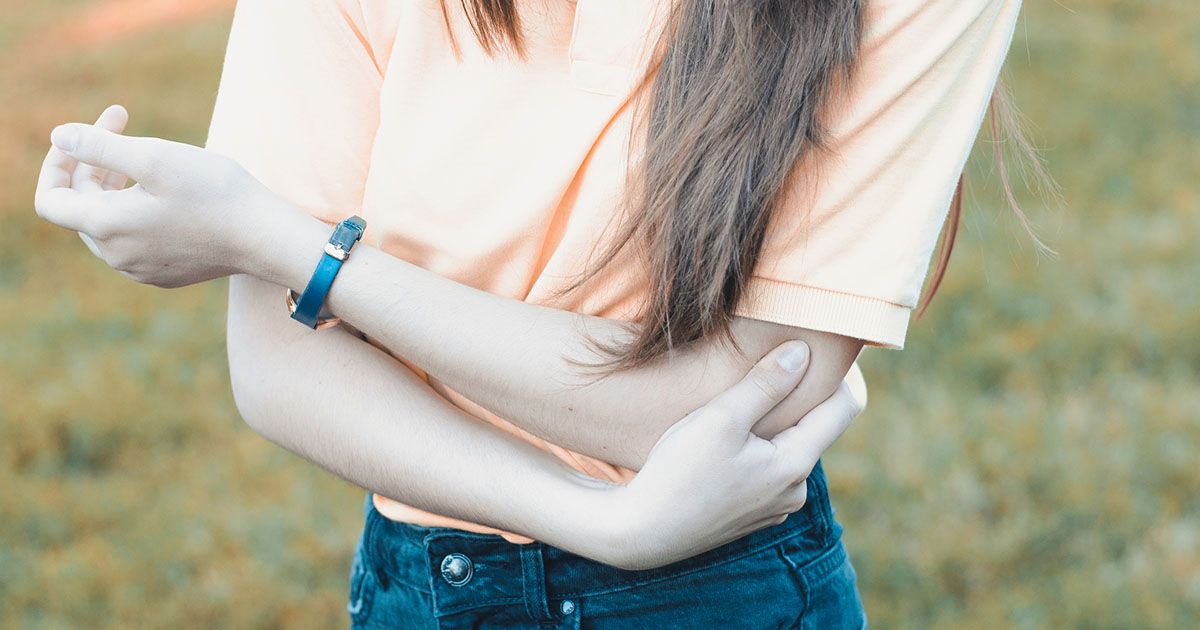
Any skin that's touching in the summer is at a higher risk of contracting a heat rash. Overlapping skin can be your bare arms against your exposed sides in a low-cut tank or swimsuit, your legs pressed together while wearing shorts to any other type of skin-to-skin contact. Cuddling or sitting closely next to others in the heat can also lead to a heat rash, and exposed skin also poses a greater likelihood of transmitting bacteria, which can cause irritation.
If any of your summer outfits cause rubbing or friction, try to reduce overlapping skin as much as possible by buying some longer clothing in an equally breathable fabric or adjusting your position to avoid prolonged skin contact.
